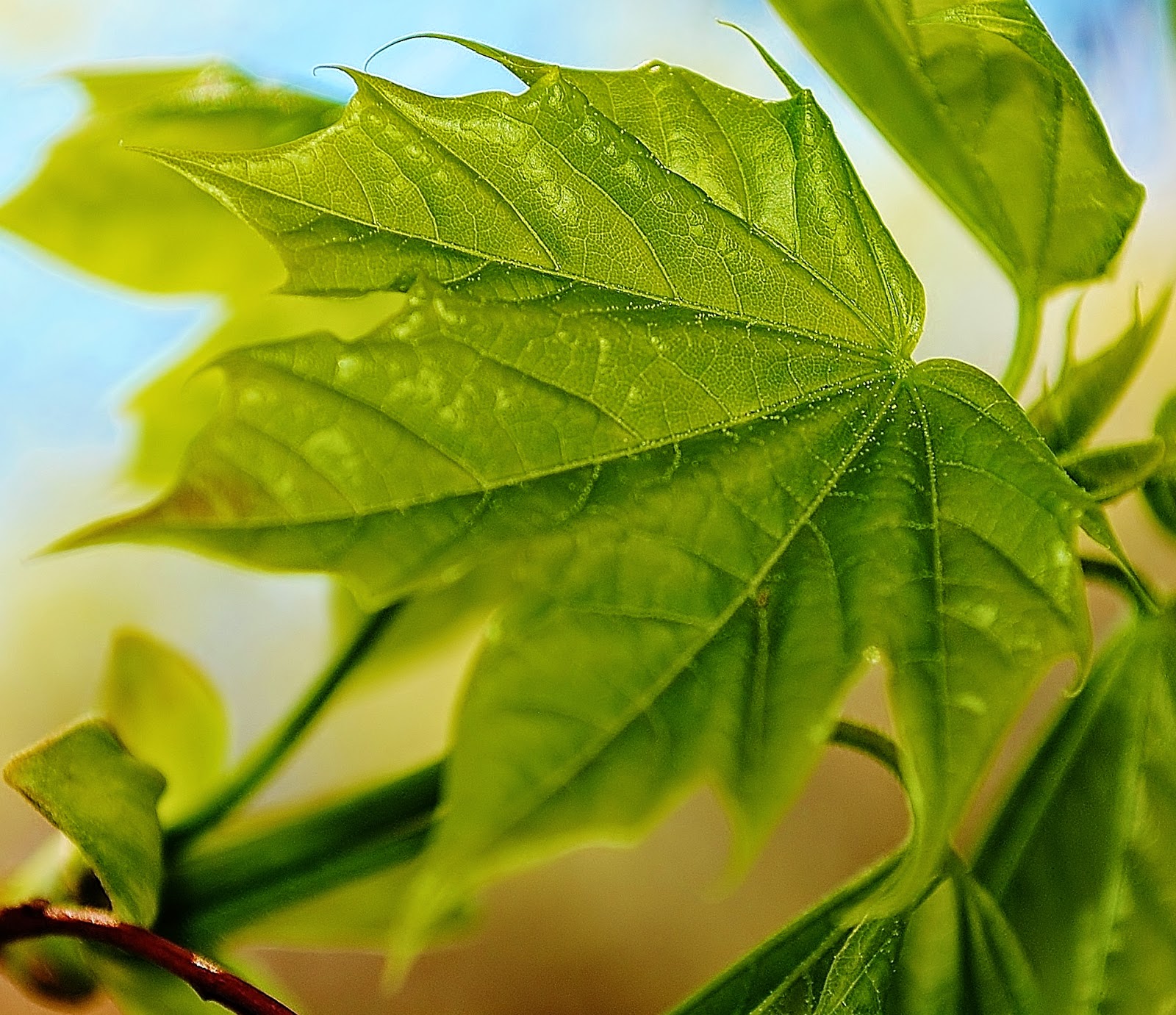Here's
some facts I rounded up about today. I've put the link below the
facts, if you like what you see.
The
first Arbor Day was on April 10, 1872 in Nebraska. Julius
Sterling Morton (1832-1902), a Nebraska journalist and politician
originally from Michigan started it. A second Arbor Day took place in
1884 and it was made an annual legal holiday in 1885, using
April 22nd to coincide with Morton's birthday.
At
the federal level, in 1970, President Richard Nixon proclaimed the
last Friday in April as National Arbor Day. Today all 50 states
celebrate Arbor Day although the dates may vary in keeping with the
local climate.
Arbor
Day is also now celebrated in other countries. Variations are
celebrated as 'Greening Week' of Japan, 'The New Year's Days of
Trees' in Israel, 'The Tree-loving Week' of Korea, 'The Reforestation
Week' of Yugoslavia, 'The Students' Afforestation Day' of Iceland and
'The National Festival of Tree Planting' in India.
Arbor
Day is an opportunity to inspect your trees for evidence of
disease or insect infestation and think about planting new
trees to provide wind or heat protection. Are there
any public areas where tree planting or tree maintenance might make a
real difference to your community?
 Arbor
Day became a national sensation in 1907, when President Theodore
Roosevelt issued a proclamation to school children about forestry and
the importance of trees.
Arbor
Day became a national sensation in 1907, when President Theodore
Roosevelt issued a proclamation to school children about forestry and
the importance of trees.
During
Christopher Columbus's time, "it's said that squirrels could
travel from tree to tree from the Northeast to the Mississippi
without ever having to touch the ground," Chris Roddick, chief
arborist at the Brooklyn Botanic Garden in New York, told LiveScience
in 2009. "In the old-growth forests in the Northeast, you had
hemlock that were six or seven feet in diameter, chestnut trees 200
feet tall."
 Trees
absorb and hold carbon that would otherwise end up in the atmosphere,
warming the globe. They also provide shade that lowers the need for
air conditioning. Oh, and greening up urban spaces may even improve
mental health
Trees
absorb and hold carbon that would otherwise end up in the atmosphere,
warming the globe. They also provide shade that lowers the need for
air conditioning. Oh, and greening up urban spaces may even improve
mental health
Mythological Species
of Humanoids #14 and #15 - dryad and hamadryads
In honor of Arbor Day I've researched some of my favorite humanoids.
A
dryad is
a tree numph or female tree spirit. In Greek drys
signifies "oak." So, dryads are specifically the nymphs of
oak trees, though now the term means any tree nymph.
The
dryads of ash trees are called the Meliai. Nymphs associated with
apple trees are the Epimmeliad, and those associated with
walnut-trees are the Caryatids.
In Scotland the Ghillie Dhu or Gille Dubh is a guardian spirit of the trees. He is kind to children, but generally wild and shy. Said to be dark haired, he is described as clothed in leaves and moss.
A
kodama
is a Japanese spirit that lives in a tree. Kodama
appear in the animated film Princess Mononoke..
Salabhanjika
or Shalabhajika
refers to the sculpture of a woman, displaying stylized feminine
features, standing near a tree and grasping a branch.
The
salabhanjika concept stems from ancient symbolism linking a chaste
maiden with the sala tree or the asoka tree through the ritual called
dohada, or the fertilisation of plants through contact with a young
woman.
In Rome, the Querquetulanae or Querquetulanae virae were nymphs of the oak grove (querquetum) at a stage of producing green growth.
In Rome, the Querquetulanae or Querquetulanae virae were nymphs of the oak grove (querquetum) at a stage of producing green growth.
An
integral part of their trees, such that if the tree died, the
hamadryad associated with it died as well. For these reasons, dryads
and the Greek gods punished any mortals who harmed trees without
first appeasing the tree-nymphs.





No comments:
Post a Comment